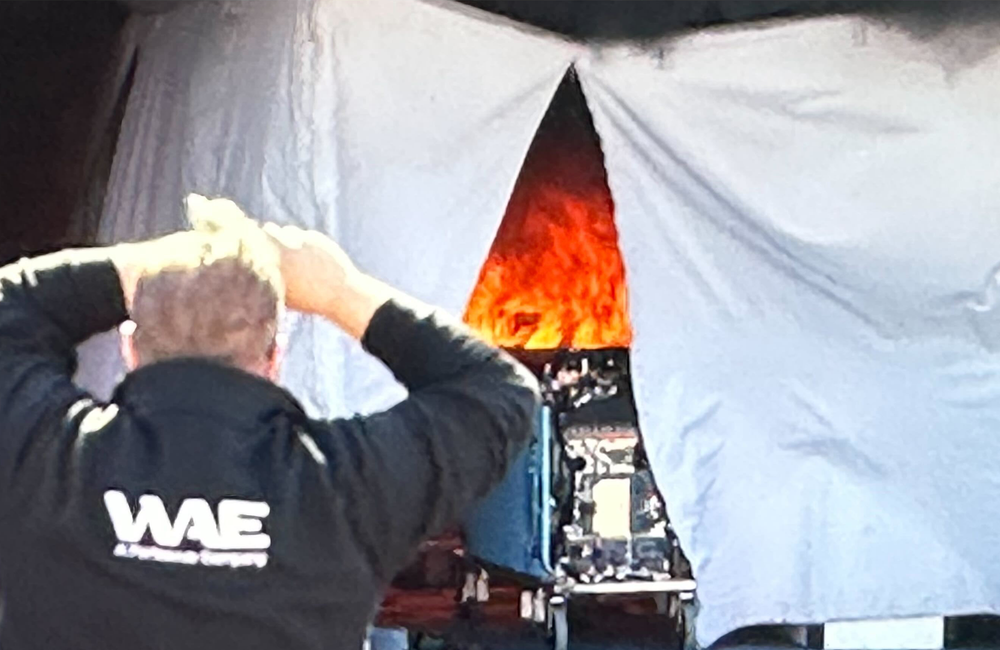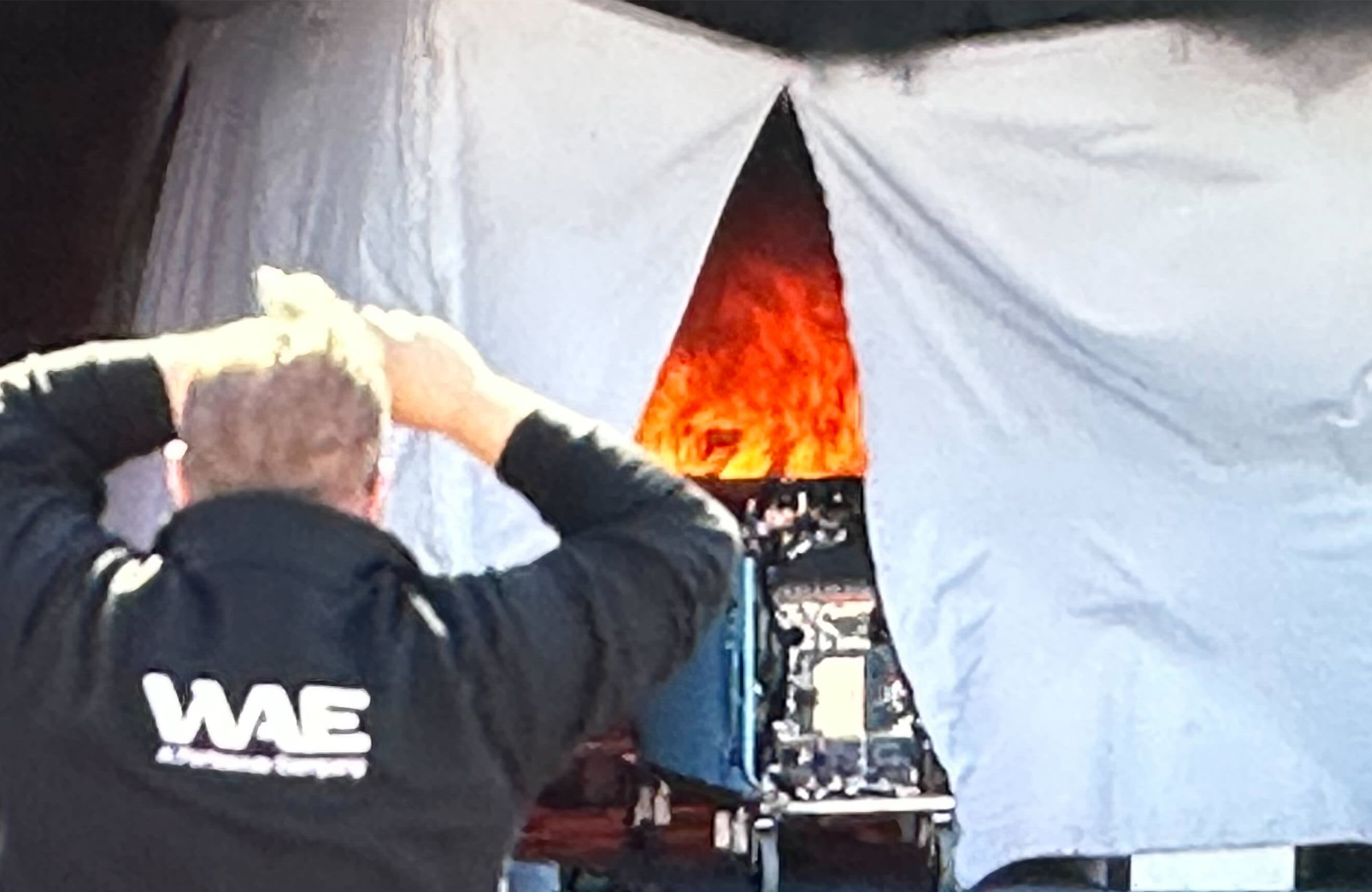The battery suppliers of Formula E will implement a raft of safety changes after the test fire at Valencia last month.
Spec battery supplier Williams Advanced Engineering is set to change how it handles and actions aspects of servicing the supplied traction batteries.
The Race has uncovered details of the WAE report that outlines the findings of a forensic investigation into the fire which caused the pitlane to be evacuated and the pre-season test to be delayed by a day and half.
The incident occurred on October 24 during the lunchbreak after the first three hours of running at Valencia.
A problem with the rechargeable energy storage system (RESS) in Robert Shwartzman’s DS E-Tense FE23 stopped the car on-track and it was brought back to the pits.
The car was then taken to a quarantine zone as per strict safety protocols and the unit was taken from the car safely.
It was in this zone where WAE and FIA officials discovered that they were unable to communicate with the RESS via the battery management system.
The unit was then taken to the WAE garage where a ‘secondary fault’ became apparent, which triggered an arc flash and then a fire.
It was almost exactly two hours between the car stopping on track and the fire occurring.
WAE has substantiated that the original issue that stranded Shwartzman was caused by a contactor - generally used for switching an electric circuit on or off.
The RESS had been declared high-voltage safe before it was moved to the WAE garage, where the fire took place.
The study into precisely what happened in Formula E’s first RESS fire in almost a decade brought forth several immediate action points, including fitting new contactors to the entire allocation of RESS units used by teams.
New protocols, including the publication of contactor temperatures and safety limits, will also come into effect.
In addition to these immediate developments, WAE has communicated to teams that improvements will be made to battery management system (BMS) protection.
This is expected to mean that any loss of battery management system communications will register a red light condition in both the quarantine zone and in WAE's official garage.
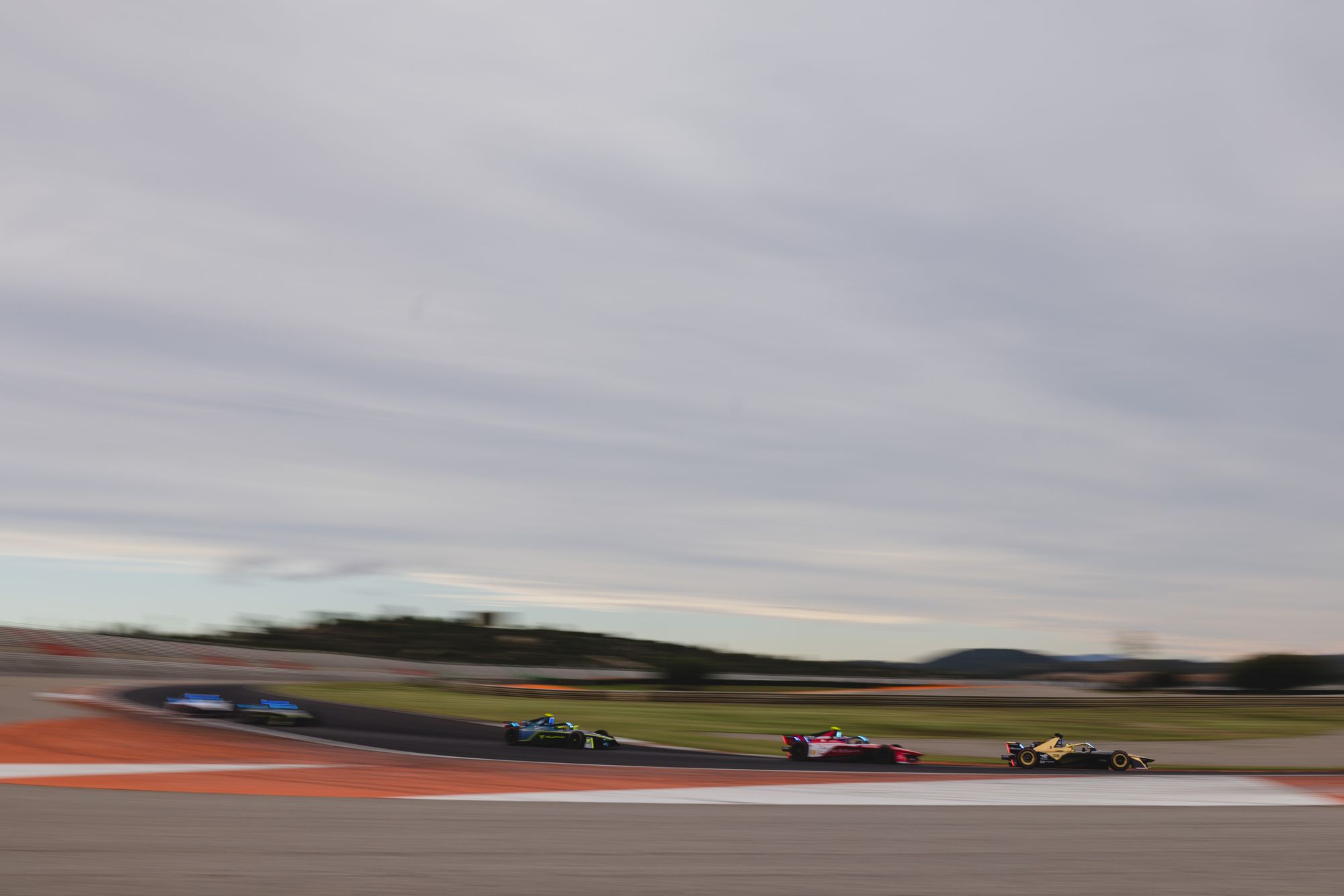
More long-term changes are set to include factory-based RESS testing and sign-off, including a specific pass/fail threshold on the temperature of the contactors.
The trackside RESS working location and procedure changes are set to be implemented for the first 2024 round at Mexico City in January.
WAE is working in conjunction with Formula E Operations on these measures.
The Race Says
Sam Smith
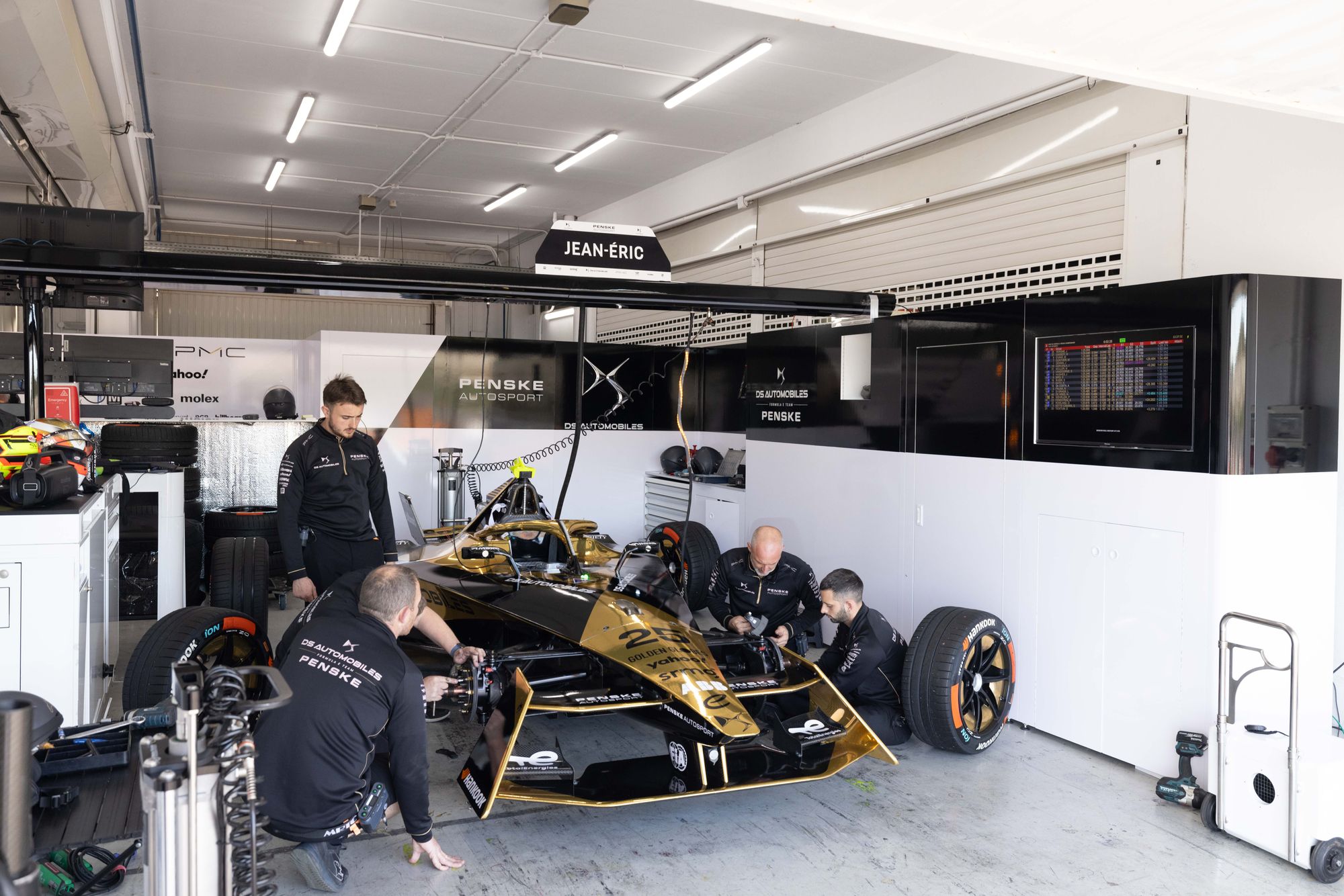
The report into the Valencia fire gives great detail on the timeline of the incident and the way it was tackled but doesn’t give a definitive explanation as to why the arc flash happened and started the blaze.
The confirmation that a 'contactor' caused the original problem that stranded Shwartzman’s DS is fresh information, as are the above-detailed changes and procedural learnings from the incident.
WAE will be extraordinarily busy in the coming weeks preparing the modifications to the traction batteries for the first round of the championship in Mexico in just under two months' time.
But it has already been flat out trying to understand precisely what occurred with what is the first-ever traction battery incident at a public test.
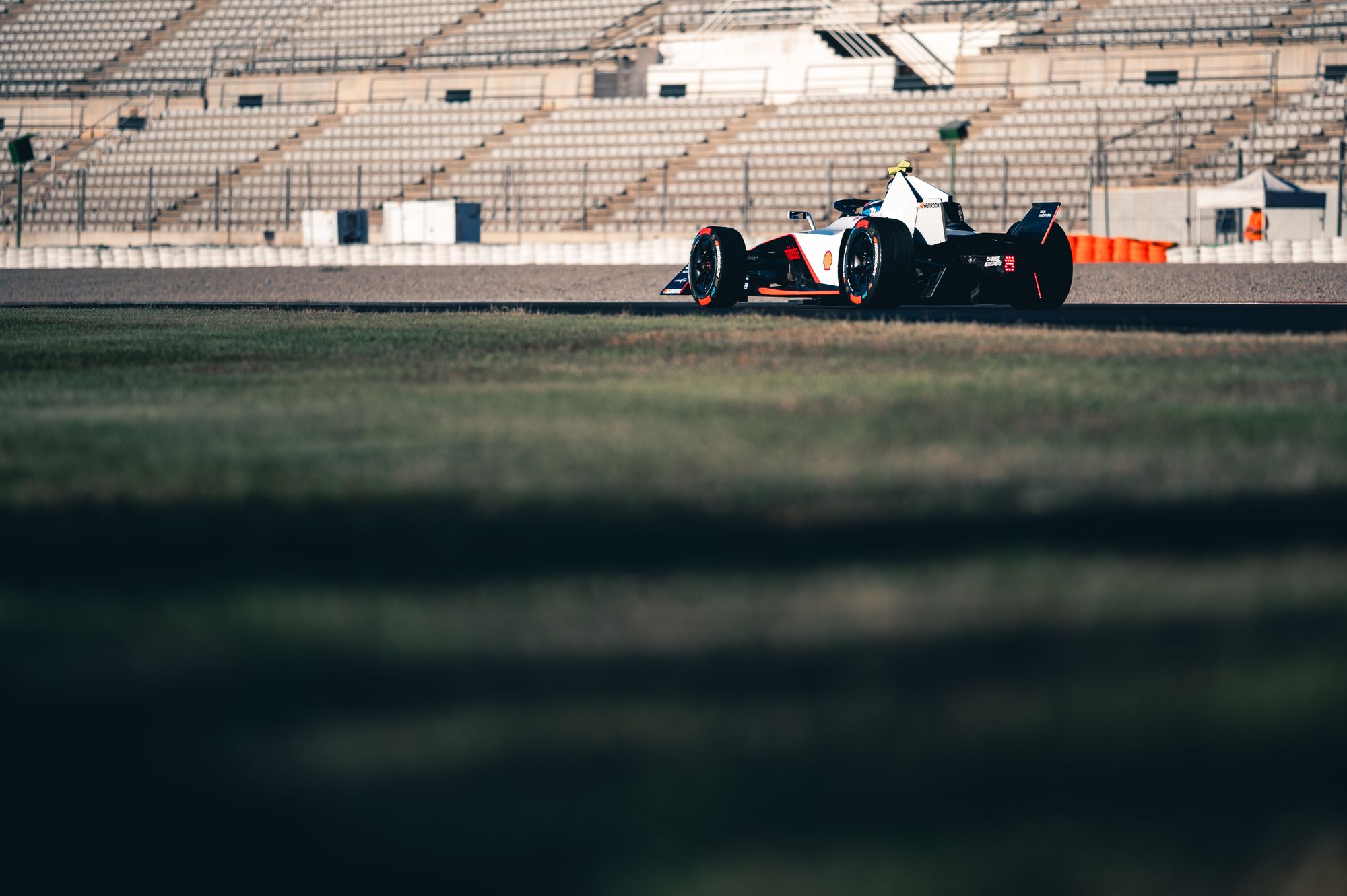
WAE’s safety record is unimpeachable and the supply to the Gen3 cars, despite the significant challenges posed by a cell spec change at the start of 2022, has been strong on the whole.
Now the technology company will be keen to ensure its strong reliability and safety record continues - which is why it has outlined the changes detailed above.
There is still generally some ill-informed scepticism around the technology in battery-propelled racing but when the few incidents that have happened over the last decade are looked into, Formula E has a genuine claim to being one of the safest world championships on the planet.
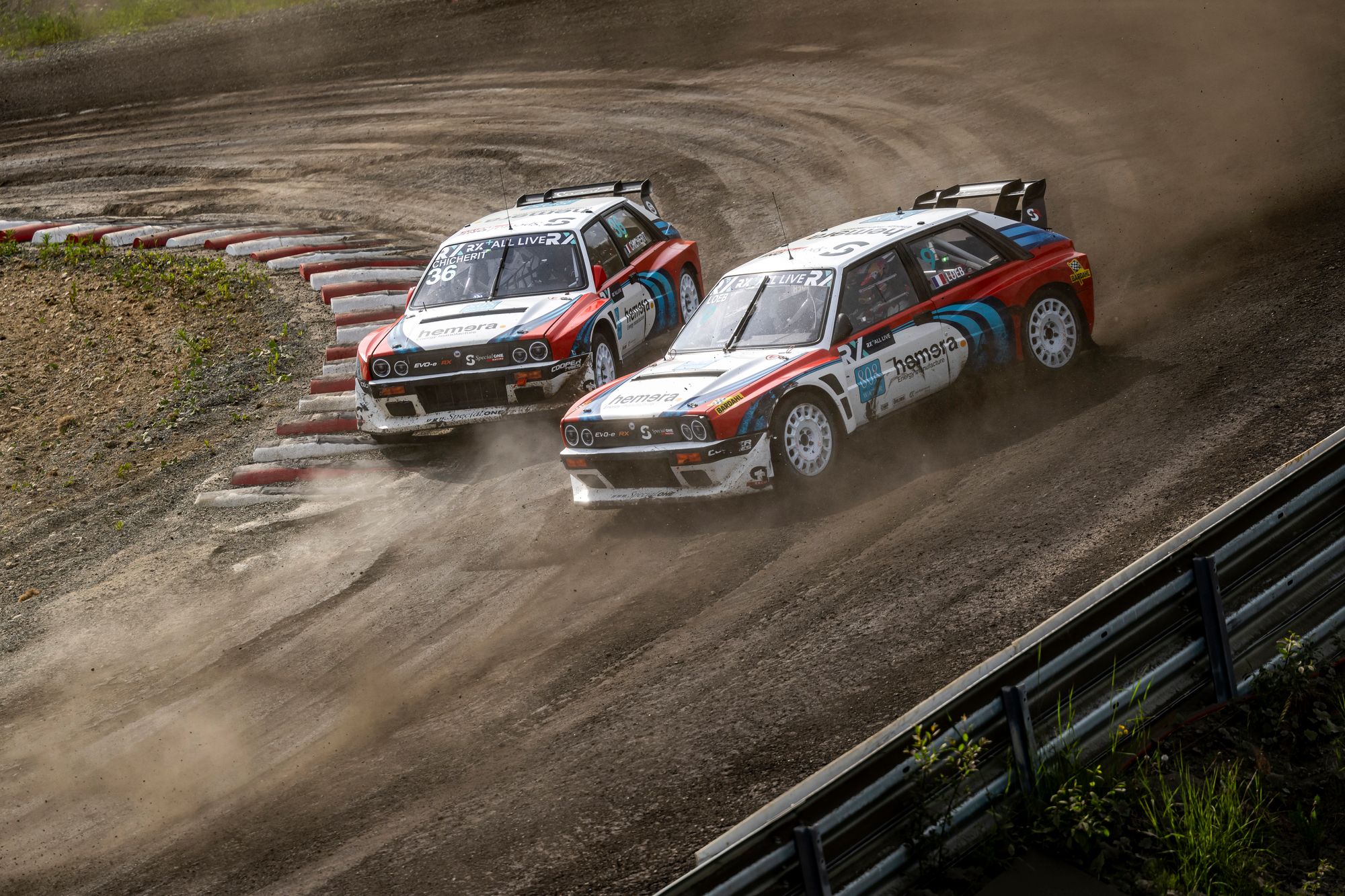
It’s possible that what happened in the electric World Rallycross Championship at Lydden Hill earlier this year spooked people.
A major fire in the Special One team's paddock area destroyed its Lancias and prompted the cancellation of much of the season and the final rounds using the cars from the RX2e support class.
But the World RX investigation, which is ongoing, will be equally as thorough as the one conducted by WAE.
The evacuation of the FE test paddock, while slightly chaotic, did at least get a large number of people, probably around 500, away from the source of the fire quickly.
The report also details that the emergency WAE garage alarm was sounded and that the fire crew and emergency response teams were at the scene within five minutes of the fire starting.
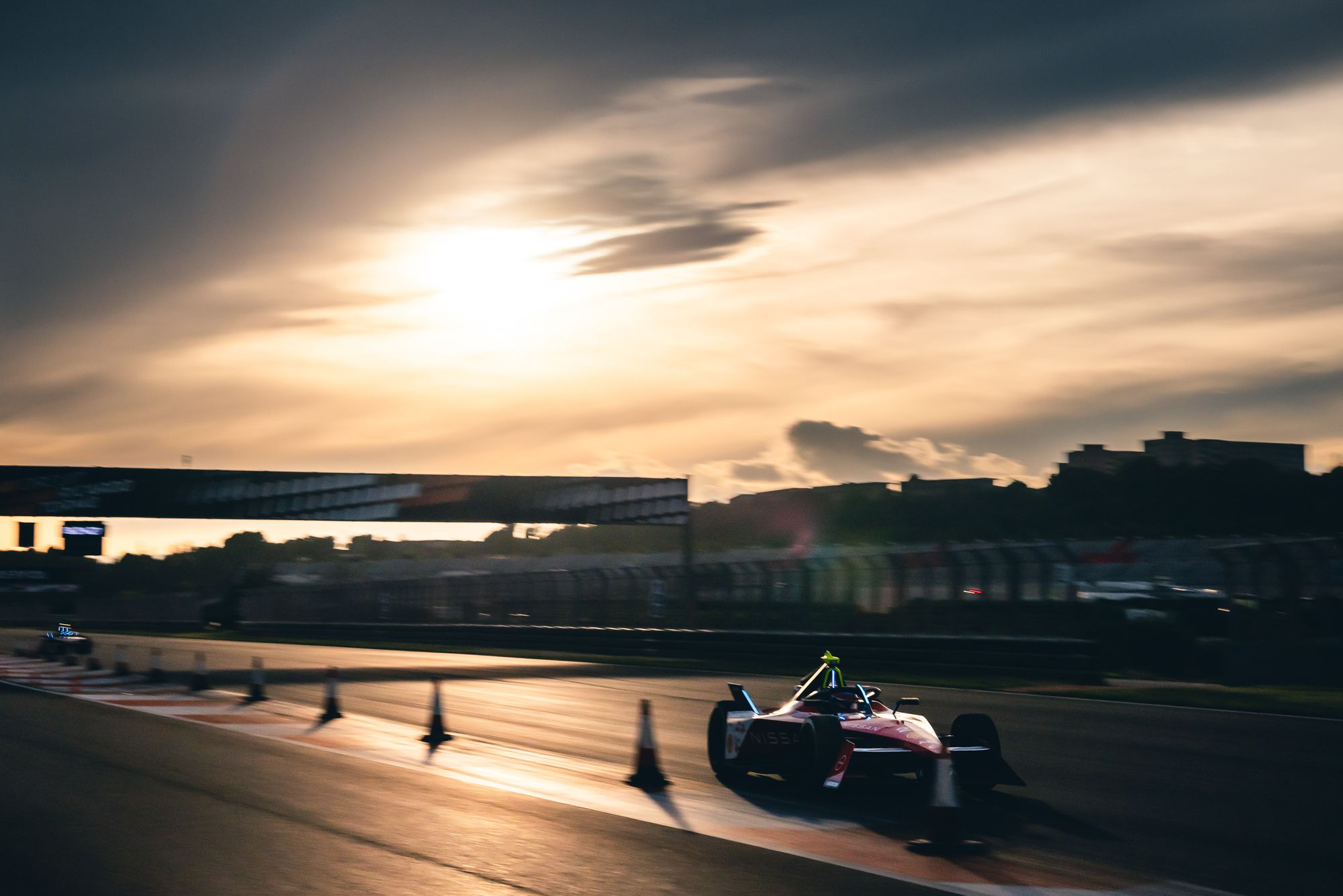
The two concerns that were pointed out to The Race were that a fire alarm did not sound in the media centre that was directly above the WAE garage, and that local fire crews didn’t all have oxygen masks at their disposal.
That will be part and parcel of the circuit review but for now Formula E can count itself lucky that this incident happened where it did - in a permanent pit facility - and be reassured by the fact that clearly a number of takeaways will be put into action by suppliers, the promoter and the FIA itself.

